
Predicting the Woman Hairstyles of the Future: 7 Trends Shaping the Next Decade | Tech & Sustainability
12 min read

12 min read

12 min read

14 min read
Download our app to instantly see how you'd look with any hairstyle or color
Get the App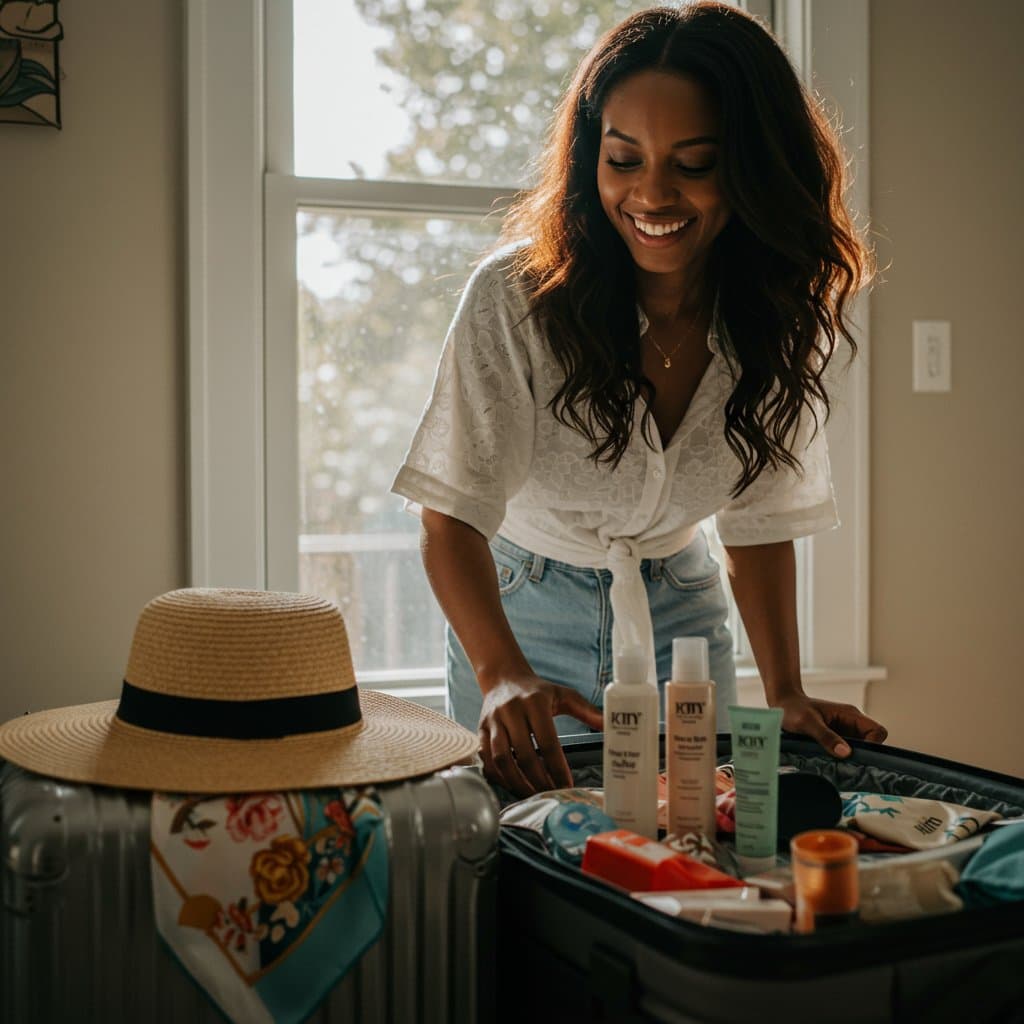
12 min read

12 min read

11 min read
Download our app to instantly see how you'd look with any hairstyle or color
Get the AppIn the ever-evolving world of men's fashion and grooming, trends come and go with dizzying speed. Yet, amidst the fleeting fads, some styles possess a rare quality: timelessness. The classic side part is the epitome of this enduring appeal. It's a hairstyle that has graced the heads of Hollywood legends, business titans, and style icons for over a century, consistently projecting an image of sophistication, confidence, and meticulous care. More than just a haircut, the classic side part is a statement—a nod to tradition while remaining perfectly relevant in the modern era.

This versatile haircut is defined by its clean, defined parting line, which separates hair combed neatly to one side. The lengths on the top, back, and sides can vary dramatically, allowing for a high degree of personalization. Whether worn slick and polished for a formal event, or textured and relaxed for a casual weekend, the side part adapts effortlessly. Its inherent structure provides a clean canvas that complements both sharp suits and casual wear, making it one of the most reliable and stylish choices a man can make. This guide will delve deep into the world of the classic side part, exploring its rich history, modern variations, and the expert techniques needed to achieve and maintain this iconic look.
Understanding the nuances of the classic side part is key to unlocking its full potential. It's not a one-size-fits-all style. Factors like face shape, hair type, and personal aesthetic all play a crucial role in tailoring the perfect cut. From the precise angle of the part to the choice of styling product, every detail contributes to the final result. By exploring its history, understanding its structure, and learning the professional techniques for styling, you can master this cornerstone of men's hairstyling and make it your own signature look.
The classic side part is not a modern invention; its roots run deep into the early 20th century. Emerging as a popular style in the 1910s and 20s, it represented a shift towards more structured and groomed appearances for men, moving away from the more voluminous and less controlled styles of the Victorian era. This period saw the rise of products like brilliantine, which made the sharp, slicked-down look achievable for the masses. The hairstyle became synonymous with the dapper gentlemen of the Jazz Age, projecting an air of modernity and refinement.

Its popularity soared through the 1930s, 40s, and 50s, solidifying its place as the quintessential men's haircut of the mid-century. Hollywood's Golden Age played a massive role in its iconic status. Actors like Cary Grant, Clark Gable, and Gregory Peck defined on-screen masculinity with their impeccably styled side parts. This was the era of the 'organization man,' and the haircut perfectly mirrored the societal values of order, professionalism, and conformity. It was the standard for business, formal occasions, and everyday life, a clean-cut symbol of a man who took himself and his appearance seriously.
The cultural shifts of the 1960s and 70s saw longer, more rebellious hairstyles take center stage, and the classic side part took a backseat for a time. However, it never truly disappeared. It remained a staple in conservative and professional circles. The 1980s saw a brief resurgence with the 'power dressing' trend, but it was the 21st-century fascination with vintage aesthetics, fueled by television shows like 'Mad Men,' that brought the classic side part roaring back into the mainstream. Today, it stands not as a relic of the past, but as a testament to the power of timeless design, reinterpreted by modern stylists for a new generation.
In a world of undercuts, fades, and creative crops, why does the classic side part continue to hold such a prominent position? The answer lies in its unparalleled versatility and universally flattering nature. Firstly, it exudes professionalism. No other hairstyle transitions so seamlessly from a high-stakes boardroom meeting to a sophisticated evening event. It signals attention to detail and a respect for classic aesthetics, making it a go-to for professionals in law, finance, and corporate environments. The clean lines and structured shape project an image of reliability and competence.

Secondly, its adaptability is unmatched. The classic side part is a foundational cut, not a rigid formula. By altering the length on top, the tightness of the sides (from a soft scissor-cut taper to a sharp skin fade), and the texture of the styling, the look can be completely transformed. A longer, looser side part can feel casual and academic, while a short, tight version can look sharp and athletic. This ability to be customized to an individual's lifestyle and personality is a key reason for its enduring popularity among men of all ages and professions.
Finally, the classic side part has an almost architectural ability to enhance a man's features. A well-placed part can help balance facial proportions, add perceived height, and draw attention to the eyes. It works with the natural lines of the head to create a look that is both intentional and harmonious. It’s a clean, masculine, and sophisticated choice that requires effort but looks effortless. This combination of polish, adaptability, and flattering structure ensures the classic side part will remain a cornerstone of men's hairstyling for decades to come.
While the name suggests a single style, the 'classic side part' is actually an umbrella term for a family of related looks. The core concept—parting the hair on one side—is just the beginning. Skilled stylists can create numerous variations to suit different hair types, personalities, and occasions. Understanding these variations is the first step toward finding your perfect version.
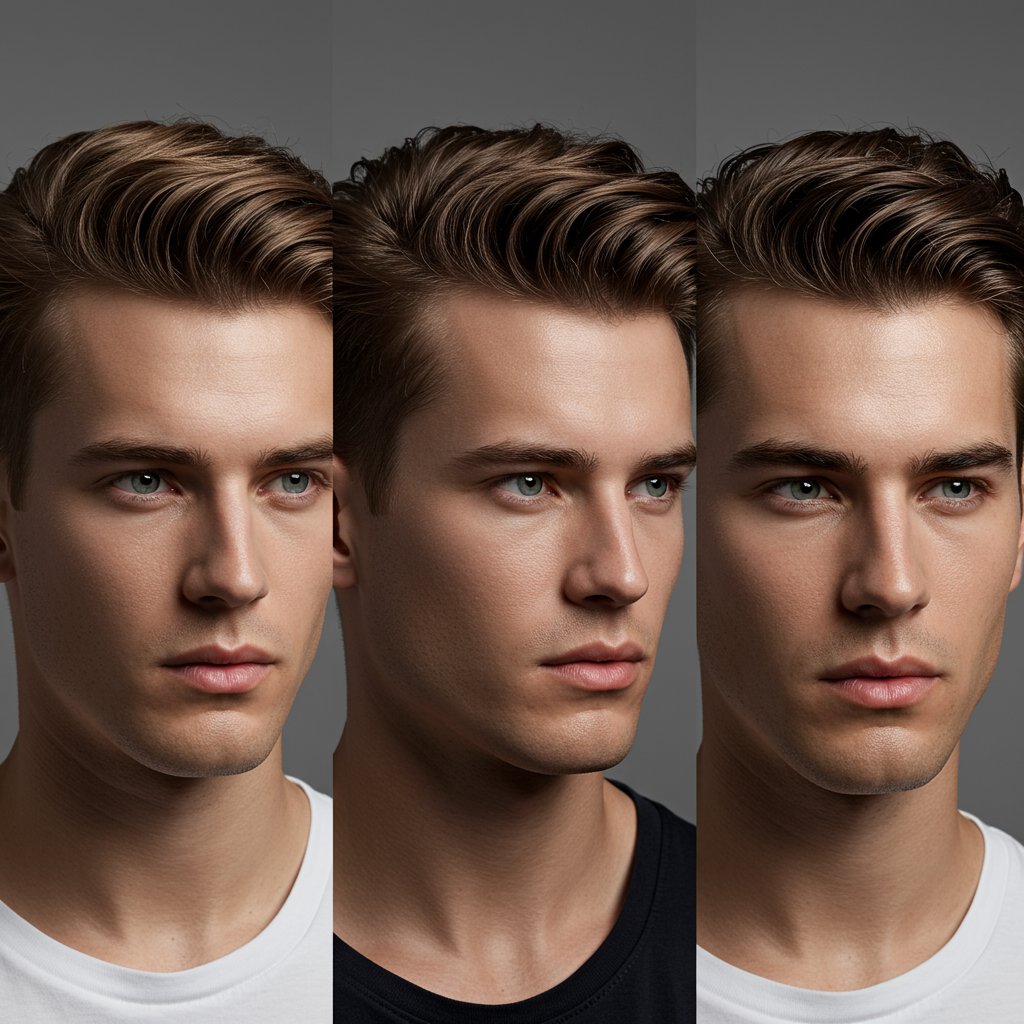
Achieving the most flattering classic side part isn't just about the cut; it's about customizing it to your unique features. A professional stylist will consider both your face shape and hair type to create a look that balances your proportions and is easy to manage. The goal is to use the hairstyle's lines and volume to create the illusion of a more ideal oval face shape.
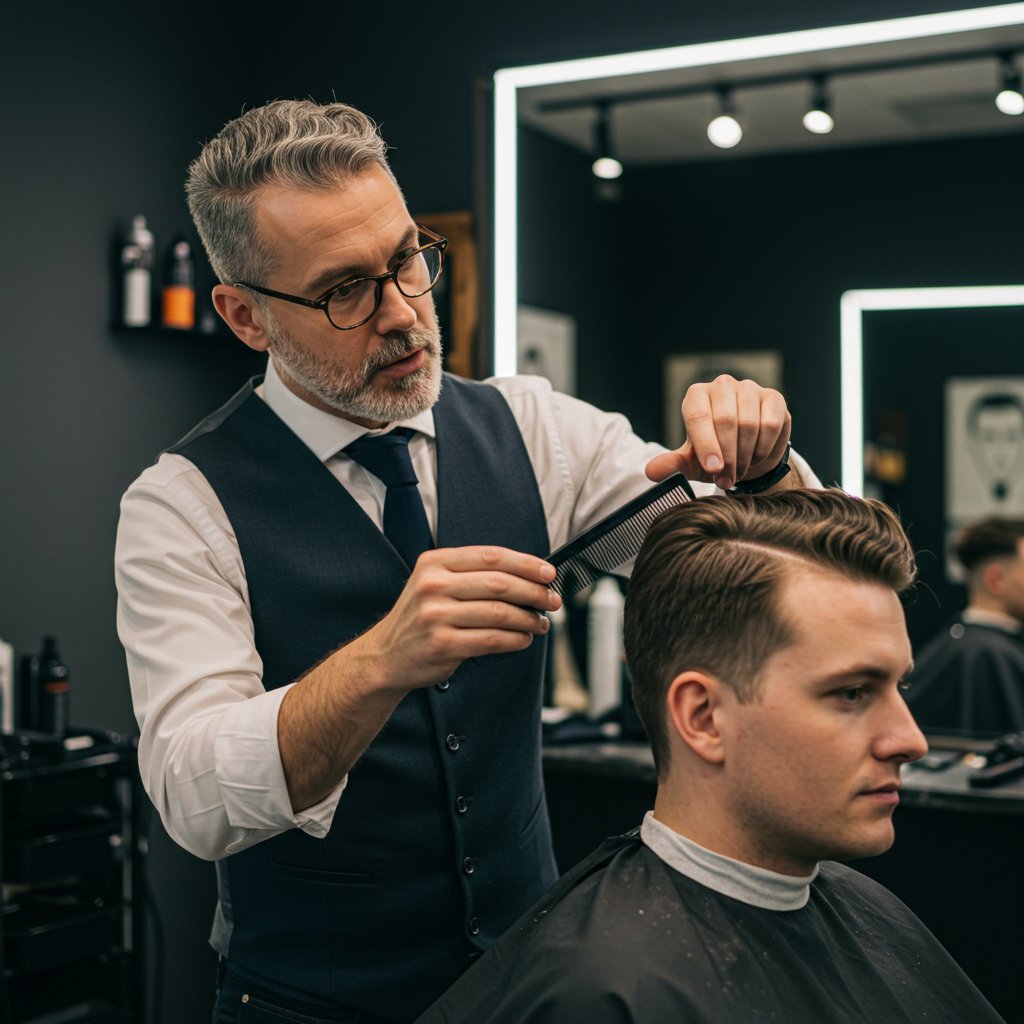
For oval faces, which are naturally balanced, almost any variation of the side part will work well. The key here is to avoid adding too much volume on top, which could elongate the face unnecessarily. For round faces, the objective is to add height and angles. A side part with significant volume on top, like a pompadour variation, and tight sides will create the illusion of length and structure. Avoid soft, rounded styles that mimic the face shape. Square faces, characterized by a strong jawline, benefit from softer, wavier styles. A side part with some length and movement around the temples can soften the hard angles. Conversely, a very tight, angular cut can further accentuate the masculine jawline, which can also be a desirable look.
Hair type is equally critical. Men with fine or thinning hair can use a side part to create the illusion of density. By keeping the sides short and styling the top with a bit of volume using a light product like a mousse or clay, the hair on top appears fuller. It's important to avoid a very deep part, which can expose too much scalp. For thick or coarse hair, the challenge is control. A stylist may need to add texture and remove bulk to make the hair manageable. A stronger hold pomade or wax will be necessary to keep the style in place. Men with curly or wavy hair can achieve a fantastic textured side part. The key is to work with the natural curl pattern, not against it. Using a curl cream and a wider-tooth comb can help define the waves while maintaining a structured part.
Walking into a salon and simply asking for a 'side part' can lead to mixed results. To ensure you get the exact look you envision, it's crucial to communicate effectively with your stylist. Bringing in reference photos is the single best way to show what you want. A picture of the desired style from multiple angles (front, side, back) eliminates ambiguity. However, knowing the right terminology will also elevate the conversation and help your stylist understand the nuances of your request.
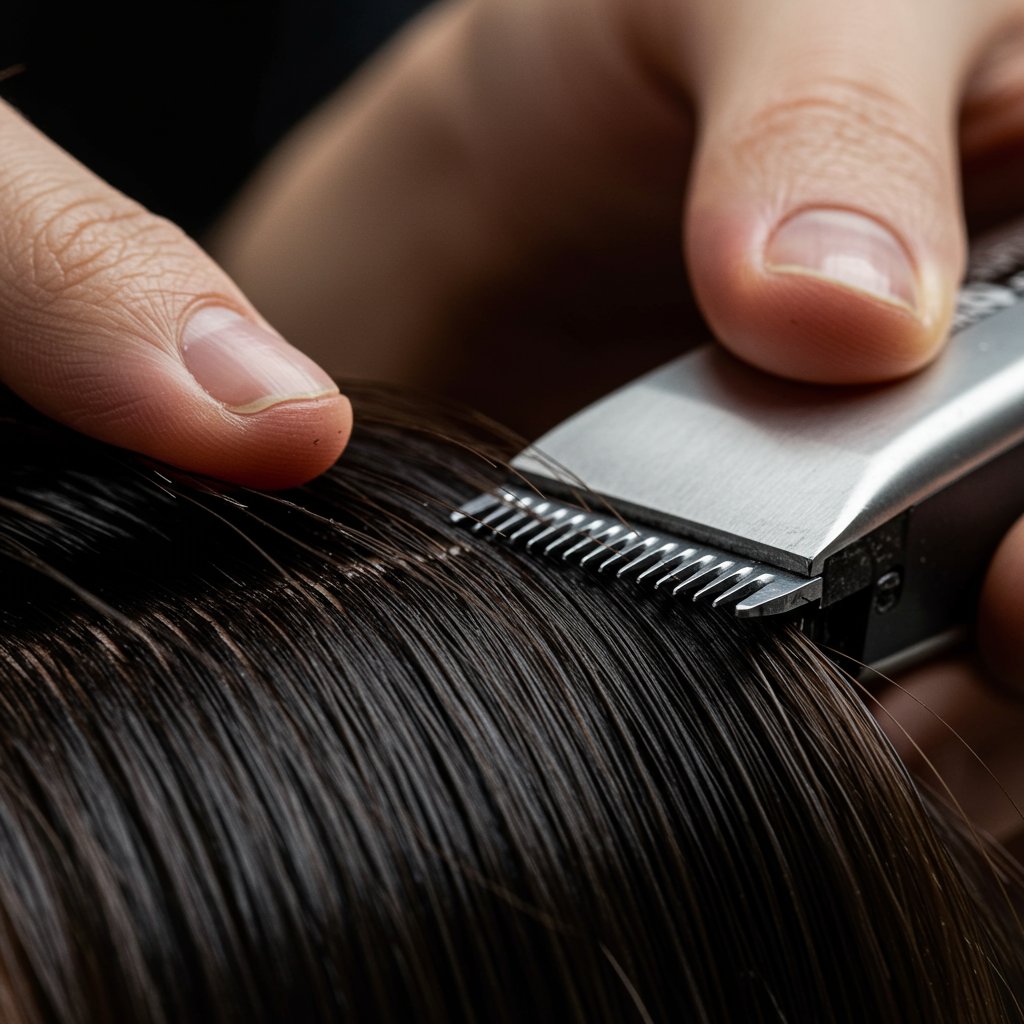
Start by discussing the length. Specify how short you want the sides and back. Use terms like 'scissor-cut taper' for a softer, more traditional look, or specify the clipper guard number for a fade (e.g., 'a number 2 fading up'). If you want a skin fade, say so. For the top, explain how much length you want to leave. Do you want enough to create significant volume, or just enough to comb over neatly? Mentioning your daily routine and how much time you're willing to spend styling can help the stylist recommend a manageable length.
Be specific about the part itself. Do you want a 'soft part,' which is simply created by a comb each day? Or do you want a 'hard part,' where the line is permanently shaved in with a trimmer for extra definition? Discuss the placement of the part. A stylist can help you find your natural part, but you can also request a slightly higher or lower part to achieve a specific look. Using phrases like, 'I'd like a classic taper on the sides, leaving about three inches on top for volume, with a clean, soft part on the left,' gives your stylist a clear and professional blueprint to follow, ensuring you leave the chair with the perfect classic side part.
The perfect haircut from a salon is only half the battle; maintaining that sharp look day after day requires the right tools and products. Investing in a few key items for your at-home styling arsenal will make all the difference between a frustrating morning routine and an effortless, polished result. The foundation of any great style starts with the right equipment.

First are the essential tools. A fine-tooth comb is non-negotiable for creating a crisp, straight parting line. For styling, a vent brush or a round brush used with a blow dryer can help direct the hair and create lift at the roots. A quality blow dryer with adjustable heat and speed settings is perhaps the most underrated tool in men's styling. It's not just for drying hair; it's for setting the foundation of the style, creating volume, and making the hair much more receptive to product. Using a blow dryer to guide your hair into the desired shape before applying any product will dramatically improve the style's hold and longevity.
Choosing the right product is crucial and depends entirely on the finish you want. For a high-shine, slick, vintage look, a water-based or oil-based pomade is the traditional choice. For a more modern, textured look with low shine, a matte paste or fiber clay is ideal. These products provide strong hold without the gloss, allowing for a more natural appearance. Styling cream offers a light hold and a natural finish, perfect for softer, more casual side parts or for taming frizz in curly hair. Gel provides a very strong, wet-looking hold but can sometimes flake, making pomade a more popular choice for classic styles. Experimenting with different products will help you find the perfect match for your hair type and desired finish.
With the right cut and the right products, styling the classic side part at home can become a quick and satisfying part of your daily routine. Following a consistent, step-by-step process will ensure you achieve a salon-quality look every time. Precision and preparation are key.
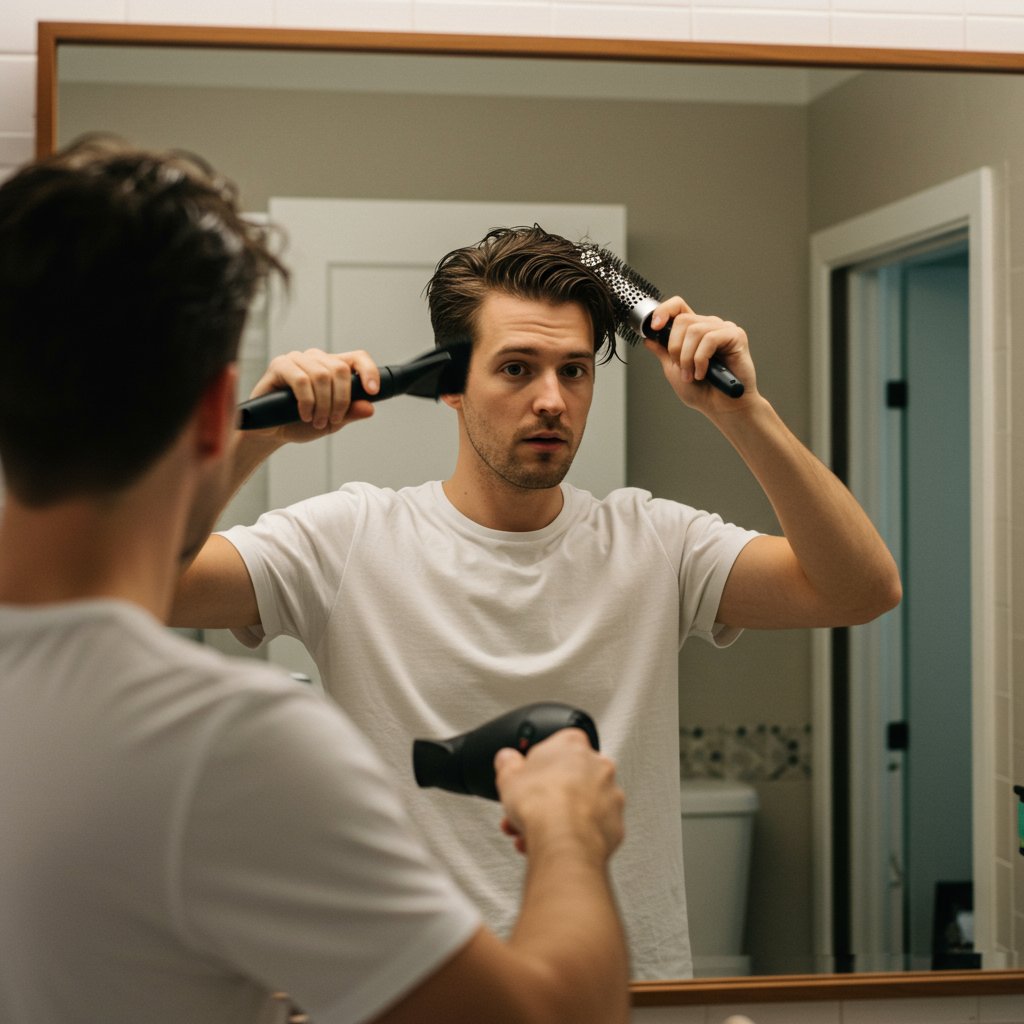
Achieving the perfect side part is one thing; keeping it looking sharp all day and maintaining the health of your hair and scalp is another. A few professional tips can help extend the life of your style and ensure your haircut always looks its best. These small habits can make a significant difference in the overall quality and consistency of your look.

First, regular maintenance is key. The clean lines of a classic side part, especially one with a fade, can look untidy as they grow out. Schedule a trim with your stylist every 3-4 weeks to keep the sides sharp and the top at the optimal length. This prevents the style from becoming bulky and difficult to manage. If you have a hard part, it will need to be re-defined with each visit to maintain its crisp appearance.
Don't be afraid to do a quick 'reset' during the day. Humidity, wind, or just a long day can cause your style to lose its shape. Keep a small pocket comb with you. You can often reactivate the product in your hair by slightly dampening your hands, running them through your hair, and then re-combing the style into place. This quick fix can restore your polished look in seconds without needing to add more product, which can weigh the hair down. Finally, pay attention to scalp health. Product buildup can lead to scalp issues and affect hair health. Ensure you are using a quality shampoo to thoroughly cleanse your hair and scalp, especially if you use heavier, oil-based products. A clean foundation not only feels better but also makes daily styling much more effective.
The classic side part has proven itself to be more than a fleeting trend; it is a fundamental pillar of men's style. Its enduring legacy is a testament to its remarkable adaptability, its inherent sophistication, and its ability to flatter a wide range of individuals. From the slick, polished styles of Hollywood's golden era to the textured, modern interpretations seen today, the side part continuously reinvents itself while retaining its core identity of elegance and order.
Mastering this hairstyle is an investment in your personal brand. It demonstrates a commitment to quality grooming and an appreciation for timeless aesthetics. Whether you're aiming for a look of boardroom authority, creative confidence, or casual refinement, there is a classic side part variation that can be tailored to your exact needs. By understanding its history, communicating effectively with a skilled stylist, and mastering your at-home routine, you can make this iconic haircut a defining element of your own signature style. Embrace the classic, and you'll always look sharp, sophisticated, and impeccably put-together.
Download our app to instantly see how you'd look with any hairstyle or color
Get the App
12 min read

12 min read

14 min read